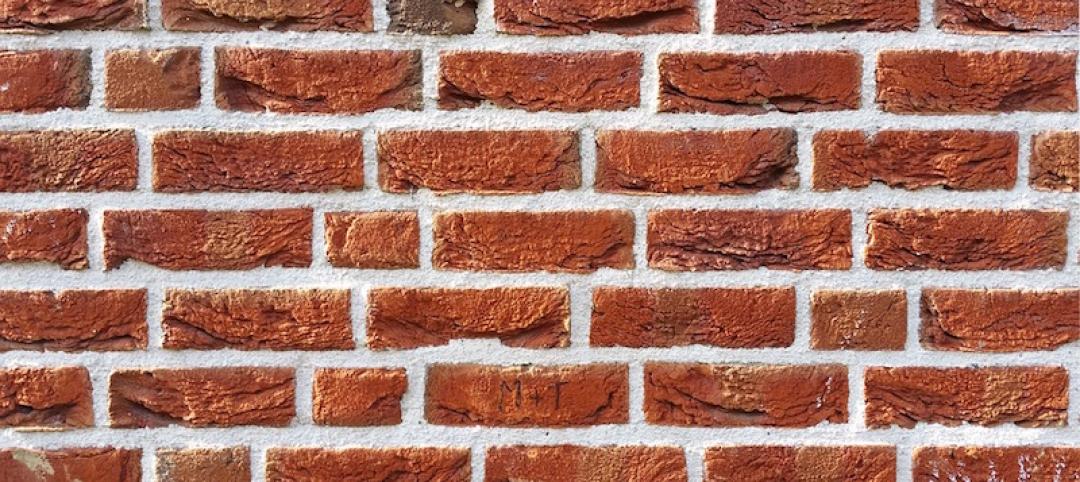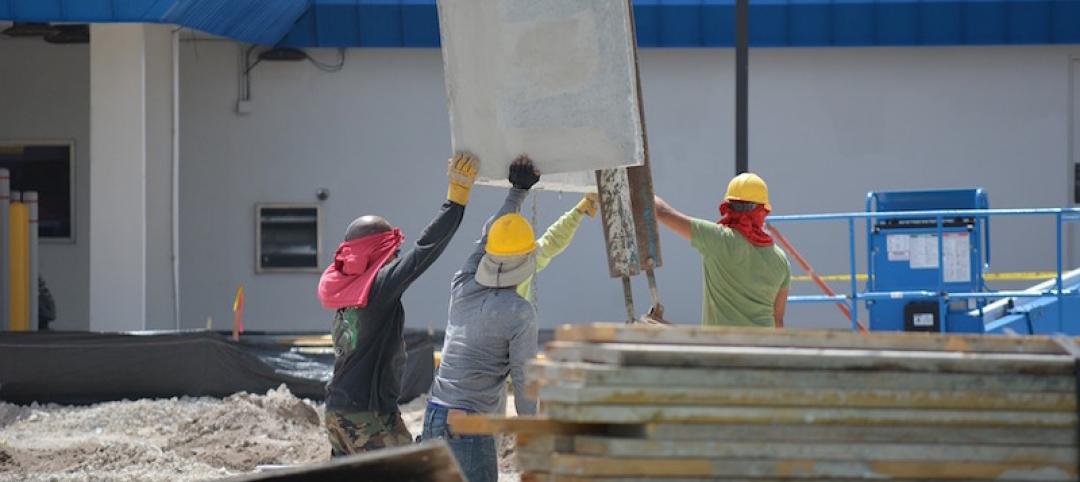The American Institute of Steel Construction has released updated environmental product declarations (EPDs) “to help designers and building owners design more environmentally friendly buildings and bridges,” according to an AISC news release.
The organization develops industry-average environmental product declarations (EPDs) for three products: fabricated hot-rolled structural sections, fabricated steel plate, and fabricated hollow structural sections (HSS)—the latter developed with the Steel Tube Institute. “These documents are designed to facilitate an accurate, apples-to-apples comparison of the structural materials on the market today,” the release says. These documents are updated every five years.
“Many people associate steel with old smokestacks and air pollution, but structural steel is now the premier green building material,” said AISC President Charles J. Carter, SE, PE, PhD. “Over the past three decades, the steel industry has reduced greenhouse gas and overall emissions by 36%. And the American structural steel industry is leading the way to a greener future with a carbon footprint nearly half the world average. By comparison, Chinese structural steel has three times the global warming potential of domestic steel.”
Many rating systems (LEED V4), standards (ASHRAE 189.1), green building codes (IgCC), and specific customers require the submission of environmental product declarations (EPDs) for products delivered to the project site. These EPD life-cycle assessments provide information on environmental impacts related to the manufacture of the product, including global warming potential, ozone depletion, acidification, eutrophication, and ozone creation.
AISC works with its mill members to develop industry average EPDs for structural steel produced in the United States. In addition to quantifying the impacts of the mill processes, the EPD work quantifies the industry average per ton environmental impacts of the fabrication process.
Related Stories
Codes and Standards | Mar 23, 2017
New manual of IT connectivity guidelines for commercial developments, redevelopments released
Mobile capacity planning, conduit points of entry, and electrical resiliency are covered.
Codes and Standards | Mar 22, 2017
Brick Industry Assn. study finds brick buildings cost less than precast, metal, and glass
The study compares costs in five categories of construction.
Codes and Standards | Mar 21, 2017
Calif. shopping center is first to earn BREEAM USA In-Use certification
The certification measures and monitors environmental performance of existing buildings.
Codes and Standards | Mar 20, 2017
Professional liability insurance rates for architects and engineers expected to be stable in 2017
Premiums leveled off in 2015, and claims have been stable, helping to hold costs down.
Codes and Standards | Mar 15, 2017
Energy Star program at risk
The standard-setting initiative for energy-efficient products may be a victim of Trump budget cuts.
Codes and Standards | Mar 14, 2017
Timber Innovation Act to promote tall wood buildings introduced in Congress
The measure has bipartisan support.
Codes and Standards | Mar 13, 2017
U.S. House and Senate have voted to repeal Dept. of Labor’s 'blacklisting' rule
The rule mandates labor compliance review for federal construction contractors.
Codes and Standards | Mar 9, 2017
WiredScore forms Connectivity Advisory Committee
The committee's creation is an important step forward for the group that evaluates internet connectivity in buildings.
Codes and Standards | Mar 8, 2017
New guide examines multifamily high-performance ventilation
The focus is on cost and performance of various systems.
Codes and Standards | Mar 7, 2017
Canada’s national building codes will encompass effects of climate change
Forecasted data, not historical data, will be used as the basis for the codes.

















